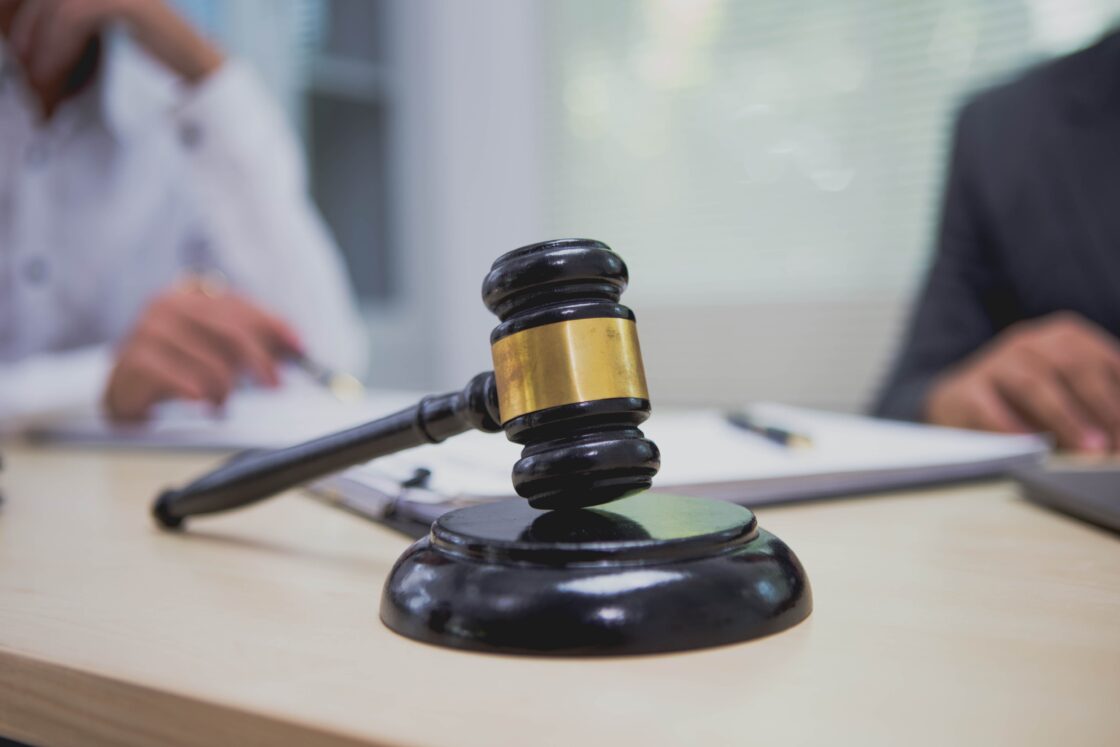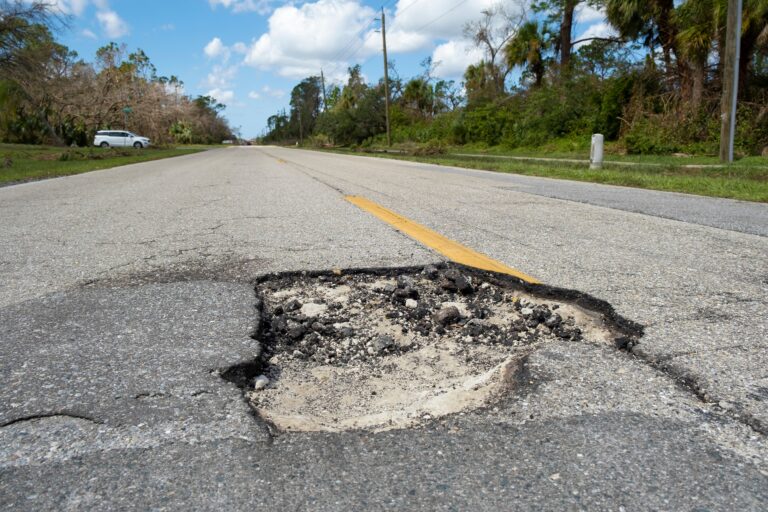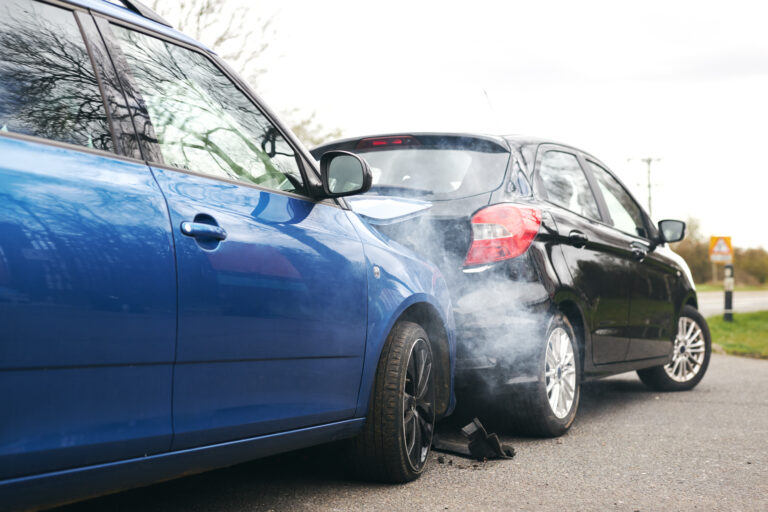The sound of crunching metal, the sudden jolt, the immediate wave of shock and frustration—getting into a car accident is bad enough. But when you learn the other driver has no insurance, it adds a layer of deep uncertainty and anger to an already terrible situation.
As you sit at home, trying to figure out what comes next, you are likely asking yourself a very direct question: is it worth suing an uninsured driver? While the law gives you the right to sue, the practical answer is complicated.
Filing a lawsuit is one thing; actually collecting the money you are owed is another challenge entirely. Speaking with an experienced uninsured car accident attorney in Chicago can help you understand your legal options and determine the most effective path toward compensation.
- You generally have the legal right to file a lawsuit against an at-fault driver, whether they are insured or not.
- The primary challenge is not winning the lawsuit but collecting the money from someone who may not have any. This is often called the problem of enforcement.
- Before considering a lawsuit, your first and most valuable step is usually to look at your own auto insurance policy.
The Legal Right vs. The Practical Reality of Suing an Uninsured Driver
In Illinois, you absolutely can sue an uninsured driver who causes an accident. If you take this path and are successful, the court will grant you a judgment. A judgment is a formal court order that says the other person legally owes you a specific amount for your medical bills, lost wages, and vehicle damage.
Winning a judgment feels like a victory, and in a legal sense, it is.

The problem is that a judgment is ultimately a piece of paper. It does not magically put money into your bank account.
The difficult next step is to “enforce” that judgment, which means finding a way to collect the money from the person who owes it legally.
This is where the practical reality of the situation often becomes a major hurdle.
- The Lawsuit: You file a personal injury lawsuit against the at-a-fault, uninsured driver to establish their legal responsibility for your damages.
- The Judgment: If you win, the court issues a judgment for a set amount of money in your favor.
- The Collection: You are then faced with the task of collecting that money from the individual, who, by virtue of not having insurance, may not have the financial means to pay.
Before You Sue: Exploring Your Own Insurance Policy
Before you even think about the time and expense of a lawsuit, the most helpful place to turn is your own insurance policy. Many drivers have a type of coverage specifically for this exact scenario.
It is called Uninsured Motorist (UM) coverage and is a part of your car insurance policy that steps in to cover your injuries and other losses when you are hit by a driver who has no liability insurance.
In Illinois, insurance companies are required to offer you this coverage. You pay for this protection as part of your premium, and it exists to shield you from the financial disaster of being hurt by an uninsured driver.
- Check Your Policy: The first thing to do is look at your insurance declarations page (the summary of your coverage) to see if you have UM coverage and how much your policy limits are.
- What It Covers: UM coverage typically pays for medical expenses, lost income, and pain and suffering, up to the limits of your policy. It acts like the insurance the other driver should have had.
- A Related Coverage: You may also see Underinsured Motorist (UIM) coverage. This applies when the at-fault driver has insurance, but their policy limits are too low to cover all of your damages.
Why a UM Claim is Often the Better Path
Filing a UM claim with your own insurance company is frequently a more direct and reliable path to getting compensation than suing the driver personally. When you file a UM claim, you deal with your insurer.
While this process can sometimes be adversarial and complex, it has significant advantages over chasing down an individual without money. Your insurance company has a contractual obligation to pay you under the terms of your policy.
An uninsured individual has no such relationship with you. A UM claim is designed to be a more streamlined process than a full-blown lawsuit that could drag on for years through the court system, like the one at the Daley Center.
- Faster Resolution: A UM claim is typically resolved much faster than a lawsuit against an individual.
- A Reliable Source of Funds: Your insurance company has the money to pay a valid claim, whereas an uninsured person likely does not.
- Less Hassle: Pursuing a UM claim avoids the difficult and often fruitless process of trying to find and collect assets from the at-fault driver.
When Does Suing an Uninsured Driver Make Sense?
Given the difficulties, there are specific situations where suing an uninsured driver might be a viable option. This path makes sense only if there is a strong reason to believe the at-fault driver has assets that could be used to satisfy a judgment.
Assets are valuable things a person owns that can be legally seized or used to pay a debt. This goes beyond just cash in a bank account. An asset search, which is a type of investigation, may be needed to determine if the driver has anything of value that would make a lawsuit worthwhile.
- They Own Real Estate: If the driver owns a house, a condo, or other land, a judgment could be placed as a lien on the property.
- They Have a High-Paying, Stable Job: In some cases, a person’s wages can be garnished, meaning a portion of their paycheck is sent directly to you by their employer.
- They Have Significant Possessions: This could include valuable investments, inheritances, or other luxury items that could be seized and sold.
The Challenge of a “Judgment-Proof” Defendant

The unfortunate reality is that many drivers who do not carry car insurance are what is known as “judgment-proof.” A judgment-proof person has no meaningful assets or income that can be legally taken to pay a debt.
If a person’s only income is from government benefits like Social Security or their only property is protected by law, there is nothing to collect, even if you win a lawsuit.
Many people who cannot afford the monthly premiums for car insurance also lack significant savings, property, or high-paying jobs. Pursuing a lawsuit against a judgment-proof individual can be a draining experience.
- No Assets, No Recovery: If the person has nothing of value, a court victory will not result in you getting any money.
- Wasted Time and Money: You could invest a great deal of time, stress, and even your own money into a lawsuit, only to come away with an uncollectible judgment.
- The Emotional Drain: The process of suing someone, especially when it becomes clear you may never be paid, can take a significant emotional toll.
How Do You Actually Collect Money After Suing an Uninsured Driver?
Let’s say you sue the uninsured driver and win a judgment. The court battle is over, but the collection process is just beginning. You cannot simply go to the person’s house and demand payment.
You have to use specific legal tools to enforce the judgment, all of which are complicated and have their own rules and costs. This is not a simple process and often requires further legal action to accomplish. Strict laws govern each step about what you can and cannot do to collect a debt.
- Wage Garnishment: This involves getting a separate court order that requires the person’s employer to withhold a certain percentage of their wages and send it to you. There are legal limits on how much can be garnished.
- Property Lien: You can place a lien on the person’s real estate. A lien is a legal claim against the property. You would not get paid immediately, but you would have to be paid if and when they sell or refinance the property.
- Bank Account Levy: This is a court order that allows you to take money directly from the person’s bank account. This is only effective if you can find the bank account and if it has funds in it.
Piecing Together Your Recovery Strategy
The moments after being hit by an uninsured driver on a road like the Dan Ryan Expressway can feel hopeless. But you do have options. The key is to approach them in a logical order. The first call should be to review your own insurance policy for Uninsured Motorist coverage. For many people in Illinois, this is the most secure and direct path to recovering from their injuries and losses.

If you do not have UM coverage, or if your damages exceed your policy limits, the question of suing the uninsured driver becomes more pointed. This decision rests almost entirely on whether that driver has the financial ability to pay a judgment.
Making that determination can be difficult and often requires a professional investigation into their financial standing. Facing this situation alone can be incredibly stressful.
The team at Walner Law understands your frustration and can help you clearly consider your options. A Chicago personal injury lawyer from our firm can review your situation and provide information to help you decide on the best path forward.
For a conversation about what happened, please call our Chicago office at (312) 410-8496.
Unraveling the Uninsured Driver Dilemma
What if the uninsured driver who hit me was driving someone else’s car?
This can change the situation. If the owner of the car gave the driver permission to use it, the car owner’s insurance policy might provide coverage for the accident. The investigation would then focus on whether the owner’s policy applies.
How much Uninsured Motorist (UM) coverage should I have?
While we cannot give advice on specific insurance choices, a good rule of thumb is to have UM coverage limits that are at least equal to your bodily injury liability limits. Your liability limits are the amount of coverage you have if you cause an accident and injure someone else. You would want at least the same amount of protection for yourself if someone with no insurance hurts you.
Can I sue for property damage to my car as well?
Yes, a lawsuit can include the costs to repair or replace your vehicle. However, some auto policies include Uninsured Motorist Property Damage (UMPD) coverage, which can pay for your car repairs. Check your policy to see if you have this specific coverage, as it is often a faster way to get your car fixed.
How long do I have to file a lawsuit in Illinois?
Illinois has a time limit for filing a personal injury lawsuit, known as the statute of limitations. A statute of limitations is a law that sets a deadline for taking legal action. Generally, for a personal injury claim from a car accident, you have two years from the date of the accident to file a lawsuit. It is a good idea to act well before this deadline expires.


 Skip to content
Skip to content




